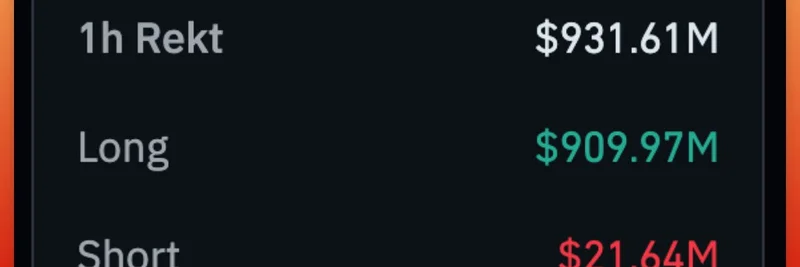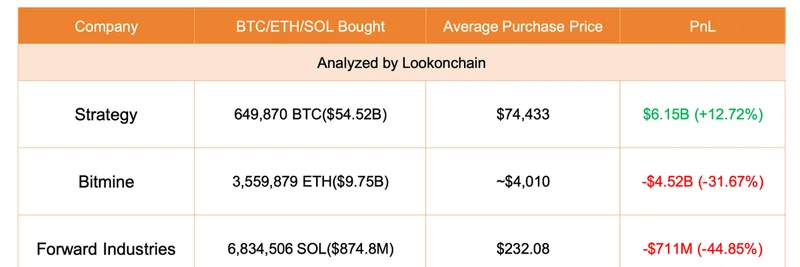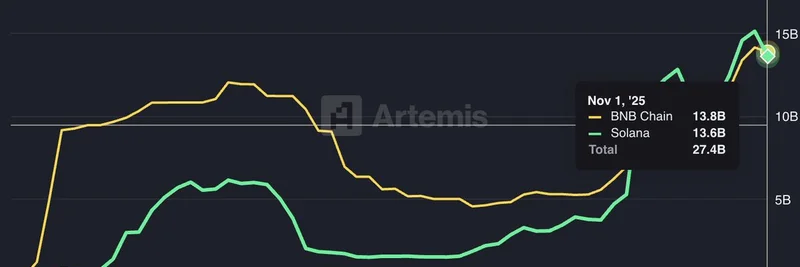In the fast-paced world of cryptocurrency, market swings can wipe out fortunes in minutes. A recent post by Seb Montgomery on X highlights just how intense things have gotten: over $931 million in liquidations occurred in a single hour, with longs taking the brunt at $909.97 million and shorts at $21.644 million. This kind of action used to be a rare event, but now it's becoming alarmingly common.
Liquidations happen when traders borrow money—known as leverage—to amplify their bets on price movements. If the market moves against them, their positions get automatically closed to prevent further losses, often leading to a cascade of selling that drives prices even lower. Montgomery points out that before the "10/10 event" (a nod to major market milestones or perhaps a specific crypto incident), seeing nearly $1 billion in daily liquidations was unusual.
For context, during the COVID-19 market crash in 2020, total liquidations hit about $1.2 billion over the event. The FTX collapse in late 2022 saw around $1.6 billion. Fast forward to today, and we're witnessing billion-dollar wipeouts in just 60 minutes. As Montgomery bluntly advises in his post, "you need to stop playing with leverage."
The Dangers of Leverage in Crypto Trading
Leverage might seem like a quick way to boost gains, but it's a double-edged sword, especially in unpredictable markets. In meme tokens, where prices can skyrocket or plummet based on social media hype or whale movements, using borrowed funds multiplies risks. A small dip can trigger a margin call, forcing you to sell at a loss and potentially missing out on recoveries.
We've seen this play out repeatedly. Meme coins like those inspired by internet trends often attract speculative traders chasing 10x returns, but the volatility leads to massive rekt moments—crypto slang for getting wrecked financially. Data from platforms like Coinglass or DefiLlama frequently show these spikes, underscoring how over-leveraged positions fuel market instability.
Historical Comparisons and What We Can Learn
Looking back, the COVID crash was triggered by global panic selling across assets, including crypto. Bitcoin dropped over 50% in days, liquidating leveraged positions en masse. FTX's downfall involved alleged fraud and mismanagement, leading to a contagion that erased billions.
Today's hourly billion-dollar liquidations suggest the market has grown, but so has the appetite for risk. With more retail traders entering via easy-to-use apps and exchanges offering high leverage (up to 100x in some cases), these events could become the norm unless habits change.
Tips to Stay Safe in Meme Token Trading
If you're dabbling in meme tokens or broader crypto, consider spot trading instead—buying and holding without borrowing. Diversify your portfolio, set stop-losses wisely, and never invest more than you can afford to lose. Tools like on-chain analytics from Dune or Nansen can help spot trends before they turn into liquidation waves.
Montgomery's warning is a timely reminder for blockchain enthusiasts: in a space built on decentralization and innovation, personal responsibility is key. Stick to fundamentals, and you'll navigate these turbulent waters better.
For more insights on meme token trends and crypto news, check out our knowledge base at Meme Insider.



